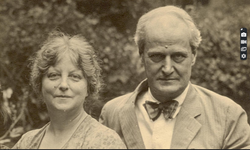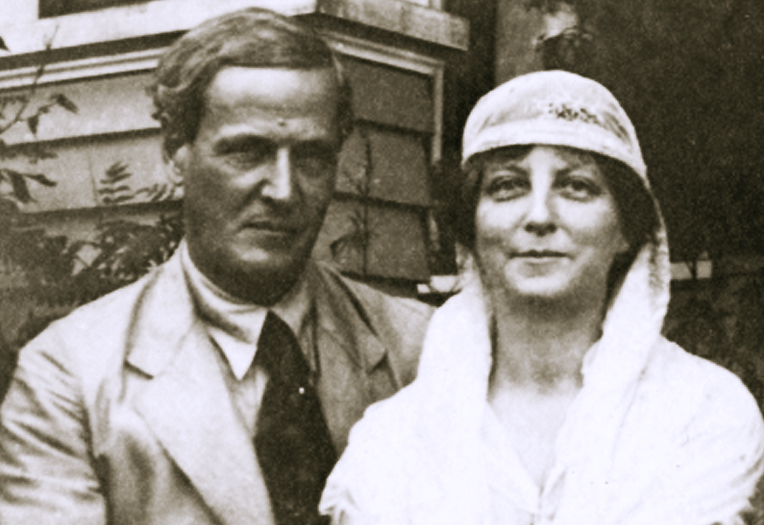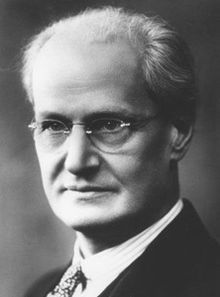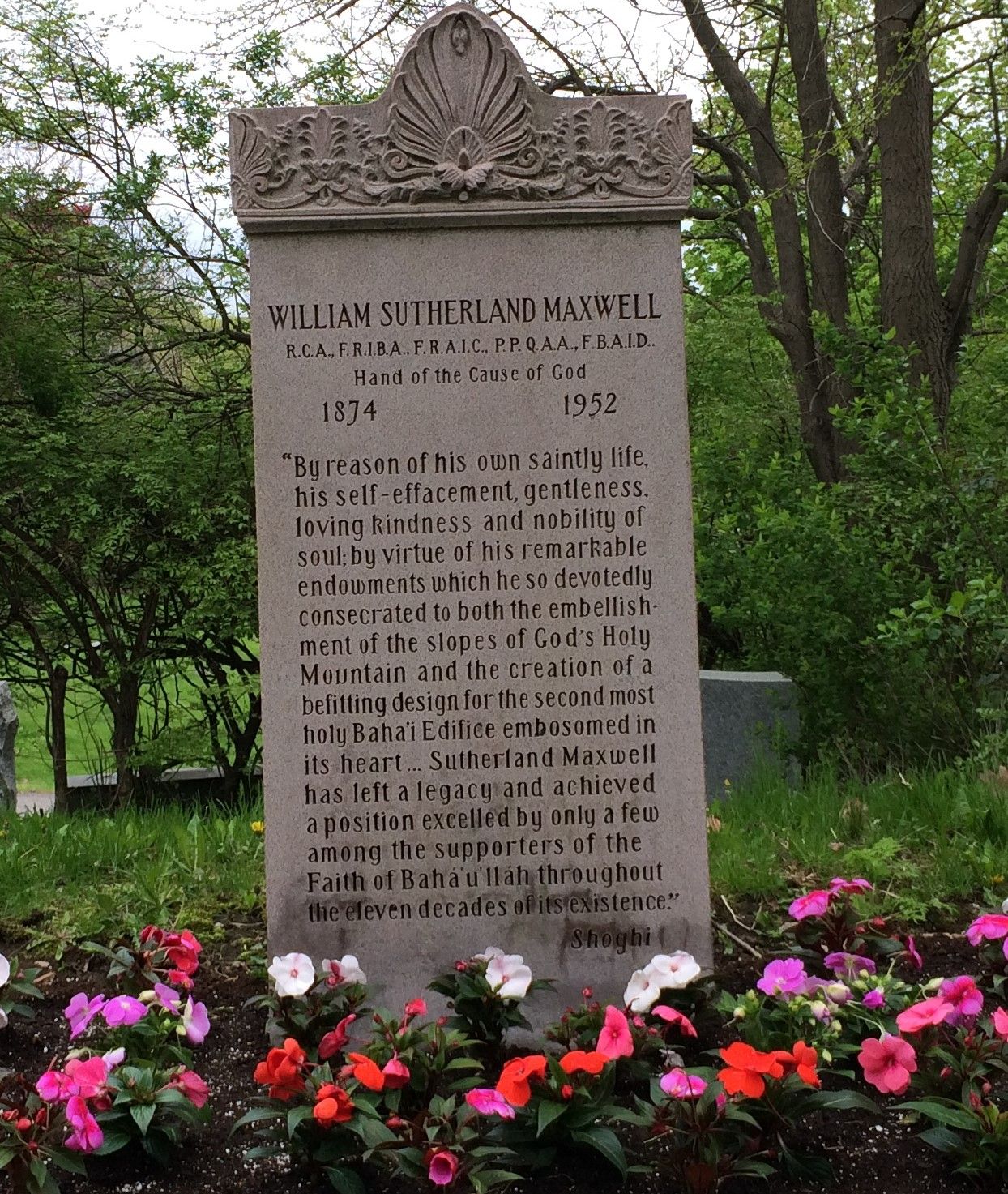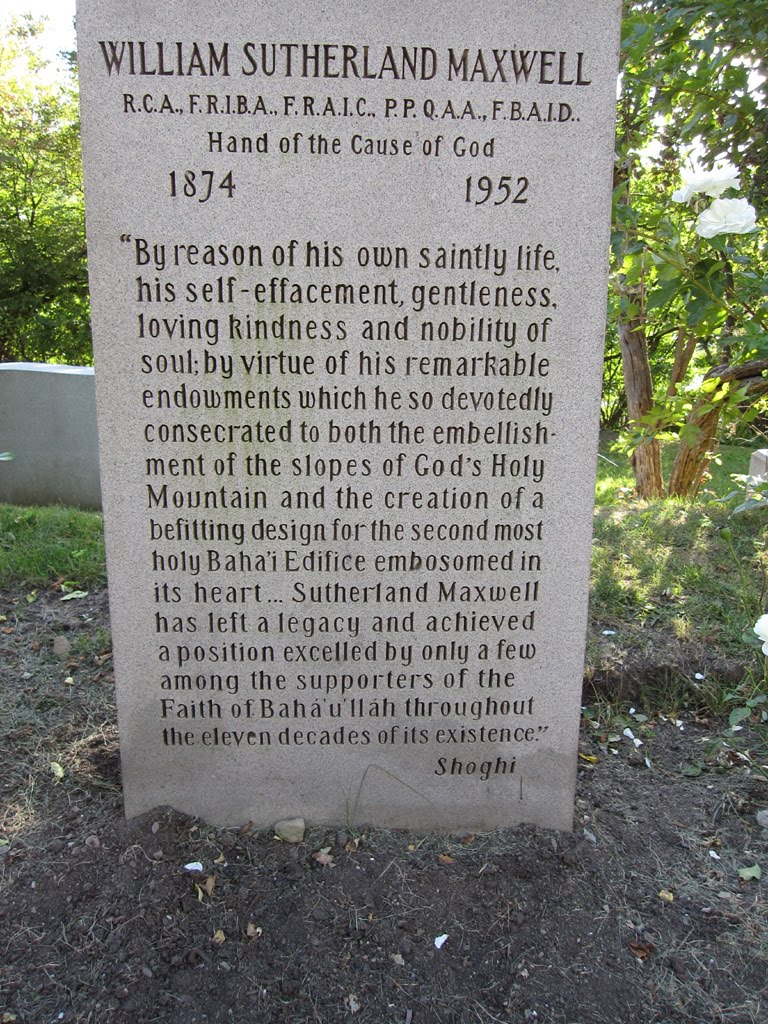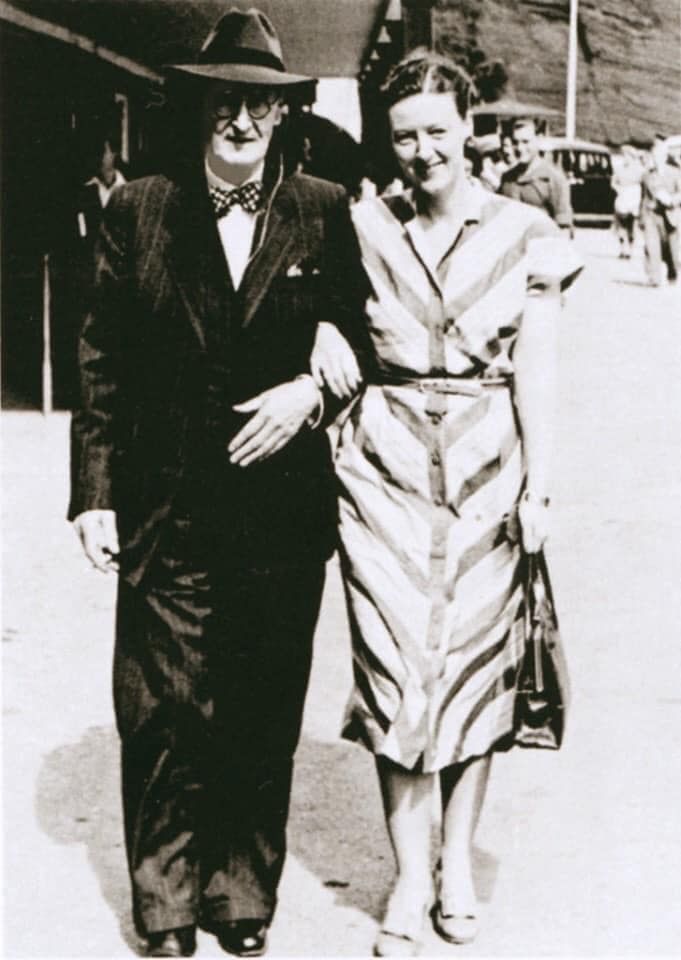Both William and his older brother Edward were interested in building. Edward graduated as an engineer from McGill University, but when William left High School, he refused to follow this course as he could not study architecture there at that time. He went to Boston, at the age of seventeen, and the extraordinary ability he had for both drawing and design soon became apparent and he was given ornamental details of important buildings to work up into their final form. In 1899 he went to the Ecole des Beaux Arts in Paris where he was allowed to attend as a courtesy to the Canadian Government, in view of the fact he had no diplomas and was not planning to sit for any examinations.
He worked for two years in the studio of the well-known architect Paschal. It was in this studio that he met a fellow-student, Randolph Bolles, who introduced him to his mother and sister; the sister, May Bolles, was already a convinced and active Baha'i and had just returned to Paris from her pilgrimage to the Prison City of 'Akka where she had met 'Abdu'l-Baha.
William's great interest at that time was art and architecture. However, he made up his mind Miss Bolles was the only woman he would ever marry. She reciprocated his sentiments, but refused to leave Paris and her teaching work for the Baha'i Faith. He had to return to Canada, entered the office of his brother Edward, but continued to correspond with Miss Bolles in the hope she would marry him. At last Mrs. Bolles wrote 'Abdu'l-Baha and laid the situation before Him. He gave His permission for May Bolles to leave France, and blessed the marriage. In 1902 they were married in London.
May Maxwell introduced the Faith to Canada, her home being its first Center. She never liked the name of William for her husband, and called him by his middle name, Sutherland, all her life -a name no one else had ever used. Sutherland became the partner of his brother, and the Firm of Edward and W. S. Maxwell became famous throughout Canada; before World War I they had the biggest architectural offices in the country. The engineering and business sense of the older brother, as well as his knowledge and fine taste, combined with the genius for proportion, design and detail of the younger brother, turned out many Canadian landmarks, such as: The Regina Parliament Buildings; Palliser Hotel, Calgary; Chateau Frontenac Hotel, Quebec; the Art Gallery, Church of the Messiah, and Nurses Wing of Royal Victoria Hospital, in Montreal, as well as many other public edifices and private homes.
In 1937 the course of his life was drastically changed through the marriage of his daughter, Mary, to Shoghi Effendi, the Guardian of the Baha'i Faith. May and Mary, after a two-year sojourrn in France, Belgium and Germany, had proceeded to Haifa as pilgrims. They had already visited the Guardian in 1923, shortly after 'Abdu'l-Baha's passing. Mary had returned in the winter 1926-27 for another visit; but when a cable reached Sutherland, urging him to come at once in order to be present for his daughter's marriage, he was thrown into a turmoil of feeling. From that moment he added to the respect and affection he already had for Shoghi Effendi as his Guardian, a profound and tender love that grew, at the end of his life, into a thing of rare and touching beauty. (The Baha'i World, Volume 12)
Both William and his older brother Edward were interested in building. Edward graduated as an engineer from McGill University, but when William left High School, he refused to follow this course as he could not study architecture there at that time. He went to Boston, at the age of seventeen, and the extraordinary ability he had for both drawing and design soon became apparent and he was given ornamental details of important buildings to work up into their final form. In 1899 he went to the Ecole des Beaux Arts in Paris where he was allowed to attend as a courtesy to the Canadian Government, in view of the fact he had no diplomas and was not planning to sit for any examinations.
He worked for two years in the studio of the well-known architect Paschal. It was in this studio that he met a fellow-student, Randolph Bolles, who introduced him to his mother and sister; the sister, May Bolles, was already a convinced and active Baha'i and had just returned to Paris from her pilgrimage to the Prison City of 'Akka where she had met 'Abdu'l-Baha.
William's great interest at that time was art and architecture. However, he made up his mind Miss Bolles was the only woman he would ever marry. She reciprocated his sentiments, but refused to leave Paris and her teaching work for the Baha'i Faith. He had to return to Canada, entered the office of his brother Edward, but continued to correspond with Miss Bolles in the hope she would marry him. At last Mrs. Bolles wrote 'Abdu'l-Baha and laid the situation before Him. He gave His permission for May Bolles to leave France, and blessed the marriage. In 1902 they were married in London.
May Maxwell introduced the Faith to Canada, her home being its first Center. She never liked the name of William for her husband, and called him by his middle name, Sutherland, all her life -a name no one else had ever used. Sutherland became the partner of his brother, and the Firm of Edward and W. S. Maxwell became famous throughout Canada; before World War I they had the biggest architectural offices in the country. The engineering and business sense of the older brother, as well as his knowledge and fine taste, combined with the genius for proportion, design and detail of the younger brother, turned out many Canadian landmarks, such as: The Regina Parliament Buildings; Palliser Hotel, Calgary; Chateau Frontenac Hotel, Quebec; the Art Gallery, Church of the Messiah, and Nurses Wing of Royal Victoria Hospital, in Montreal, as well as many other public edifices and private homes.
In 1937 the course of his life was drastically changed through the marriage of his daughter, Mary, to Shoghi Effendi, the Guardian of the Baha'i Faith. May and Mary, after a two-year sojourrn in France, Belgium and Germany, had proceeded to Haifa as pilgrims. They had already visited the Guardian in 1923, shortly after 'Abdu'l-Baha's passing. Mary had returned in the winter 1926-27 for another visit; but when a cable reached Sutherland, urging him to come at once in order to be present for his daughter's marriage, he was thrown into a turmoil of feeling. From that moment he added to the respect and affection he already had for Shoghi Effendi as his Guardian, a profound and tender love that grew, at the end of his life, into a thing of rare and touching beauty. (The Baha'i World, Volume 12)
Inscription
William Sutherland Maxwell
RCA FRIBA FRAIC PPQAA FBAID
Hand of the Cause of God
1874 1952
"By reason of his own saintly life, his self-effacement, gentleness, loving kindness and nobility of soul; by virtue of his remarkable endowments which he so devotedly consecrated to both the embellishment of the slopes of God's Holy Mountain and the creation of a befitting design for the second most holy Baha'i Edifice embosomed in its heart . . .Sutherland Maxwell has left a legacy and achieved a position excelled by only a few among the supporters of the Faith of Baha'u'llah throughout the eleven decades of its existence" Shoghi
http://bahaiheoresheroines.blogspot.com/2010/02/william-sutherland-maxwell-hand-of.html
Gravesite Details
Cemetery may be Hawthorn-Dale.
